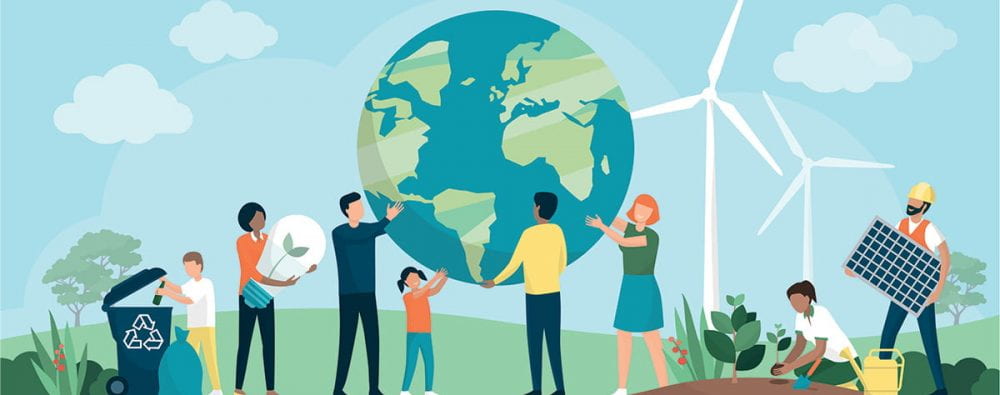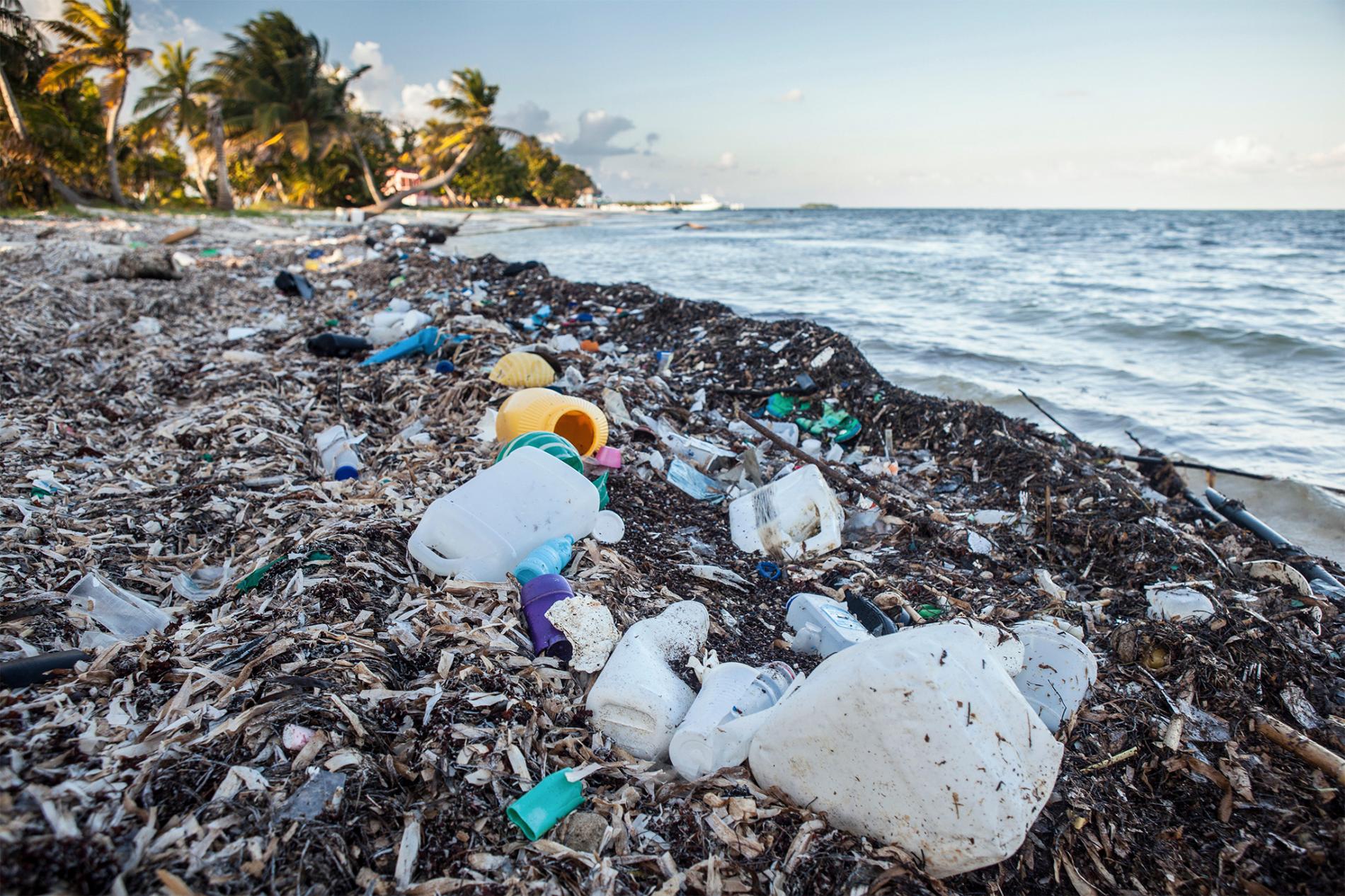How to Make Your Home More Sustainable & Eco-Friendly
Sometimes it can be difficult to know where to start when wanting to make some changes in your home. Whether it’s redesigning your living room or cleaning out your closet, sometimes you need some help with knowing where to start! Fear no more, the Envirojunkies are here to help you make your home more sustainable without feeling overwhelmed and without having to spend a ton of money!
Kitchen
Your kitchen is one of the most impactful places when it comes to sustainability in the home. There are so many little things that you may not even realize are affecting your carbon footprint in a bad way, but they are easily fixable! Here are some of the top sustainable kitchen tips:
- Do not buy disposables or single-use items. These things include plasticware, throwaway cups/straws, and so on. The best way to keep your kitchen sustainable is to avoid the disposables completely and always use reusable items. Plus, you save money by reusing!
- Do not throw away jars or other containers that your food items from the store come in. Hello? Why would you ever throw away jars or other containers that will surely come in handy later?! Always save things like this because they can easily turn into your favorite storage containers!
- Replace your ordinary paper towels with eco-friendly ones. At the end of the day, a paper towel is a paper towel and all kinds do the trick! So, there are plenty of eco-friendly paper towel brands that you can find at your local grocery that will definitely make your kitchen far more sustainable than the ordinary ones ever will!
Laundry room & Bathroom
Whether you live alone or live in a big household, we all feel like doing laundry is such a big part of our routine as we do it so often! This is an obvious reason to make some changes and choose sustainable options when it comes to all things laundry. The same goes for your bathroom, choose the sustainable, eco-friendly products over the others.
- Make or use natural laundry detergent. This is so easy to do or find in the store and it really helps to reduce the amount of non-eco-friendly products you use in your home. Plus, natural laundry detergents to the job just as well, if not better! It is also cheaper than buying the fancy detergent so why not?!
- Use wool drying balls. These are a great product to use in your laundry room if you are serious about changing things up to be more sustainable! Wool drying balls are better because they do not contain any of the harsh chemicals or toxins that your average dryer sheet does.
- Buy eco-friendly toilet paper and bathroom napkins. Just like the paper towels, eco-friendly toilet paper does the job just as well as the others so why not?
Overall Household
These tips apply to places all over your home and they really do make an impact, so get to it!
- Use energy-efficient lighting. Having to replace your lightbulbs in the house is already a pain as they seem to lose their shine so quickly anyway, so why not make the right choice and switch on over to LED lights. They are proven to last longer than other bulbs, making your home way more energy efficient than it would be if you continued to do those switch-outs so often. This is also a great way to save some money!
- Make your own cleaning products or buy eco-friendly ones. Keeping your house tidy certainly requires a lot of product, but why not make your own? Or, another great option is to go ahead and just buy some eco-friendly products. Next time you find yourself in the cleaning aisle of the grocery, grab those eco-friendly products instead of your usual Lysol. Plus, the eco-friendly ones tend to smell better and clean better, so it’s a win-win!
- Recycle and reuse. This is obviously a given, but we just wanted to go ahead and remind you just in case!
Now that you have your easy & affordable guide to a sustainable household, it’s time to get to it! Let us know what tips work for your home and definitely tweet us @envirjunkiess to show us how you’ve made your home more eco-friendly!
Tags #sustainablehome #greenhomeguide #ecofriendlyhome #sustainabilitytips

